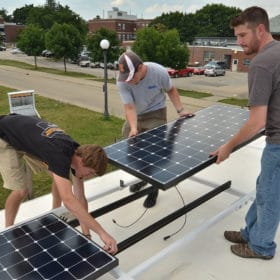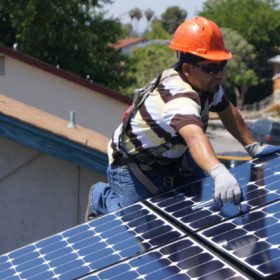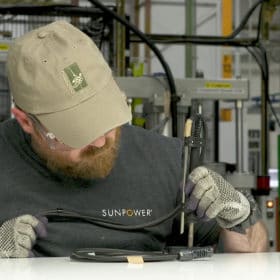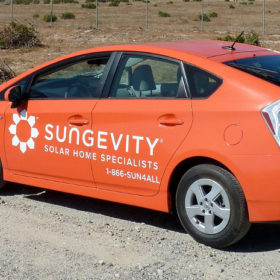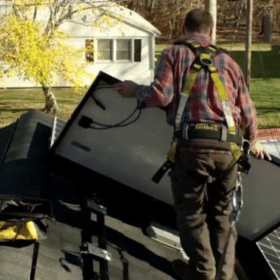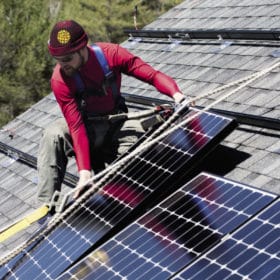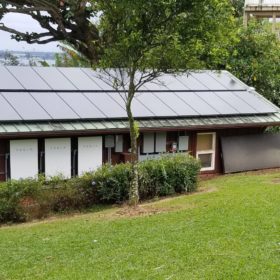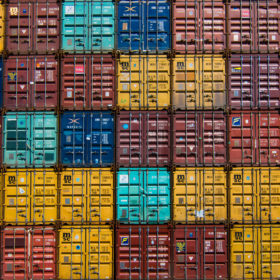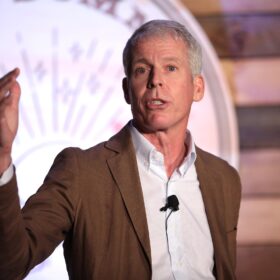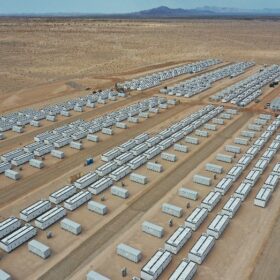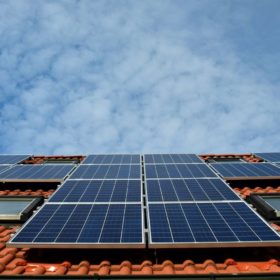Solar roundup: Lower export fees in Michigan and net metering takes a hit in Vermont
Consumers Energy cuts solar export fees in Michigan, while net metering takes a hit in Vermont. And TVA wants feedback on an environmental report for a planned 50 MW solar and 200 MWh storage project in Mississippi.
Illinois’ small-scale solar incentives are tapped out, leaving developers in the dark
The final incentives from the state’s 2017 Future Energy Jobs Act have been awarded. With no emergency funds or new legislation pending, thousands of jobs could be at stake.
Aggressive new fees for South Carolina solar customers draw fire
The proposed fees could end up costing the solar average homeowner more than $700 annually. Critics call the fees an attempt to take away consumer control over their power bills.
Low solar costs are bringing new customers to the market. We need to treat them fairly
With solar energy more accessible than ever before, the industry has a responsibility towards new customers to steward them to the solution that delivers the best value and reliability.
Sungevity, once a residential solar installer of note, is auctioning its assets
The now former company has laid off its remaining staff, locked its offices and left dozens of customers, sub-contractors and former employees asking what comes next.
Best ways to close the income equity gap in solar adoption
Researchers from Clean Kilowatts and Lawrence Berkeley National Laboratory have developed software that predicts the most important business model interventions for closing the gap of residential PV adoption between high-income and low-to-middle-income areas.
Clean energy election roundup: Nevada to go 50% renewable by 2030, Columbus 100% by 2023
A number of important clean energy initiatives were on the ballot across the country: Boulder, Colorado’s effort to form a municipal utility, Denver’s clean-energy-focused sales tax increase — plus one major utility in Wisconsin’s unprecedented commitment to solar.
Unbound Solar busts residential solar myths
After surveying 1,000 people who have either installed or strongly considered installing solar on their homes, Unbound Solar has identified many of the common misconceptions and concerns that could be holding back residential solar development.
More and more homeowners want backup power
Nearly half of all respondents to a new Sunrun survey have had their interest in backup power increase since the outset of the pandemic, with millennials and Gen X showing the most significant interest.
American solar states: Net metering caps nearly met in Michigan, project denial appealed in Pennsylvania
Significant solar developments are happening all across the country, with Wisconsin looking to add nearly 200 MW of utility-scale solar and AEP coming to terms on a power contract for a 50 MW project in Ohio.

